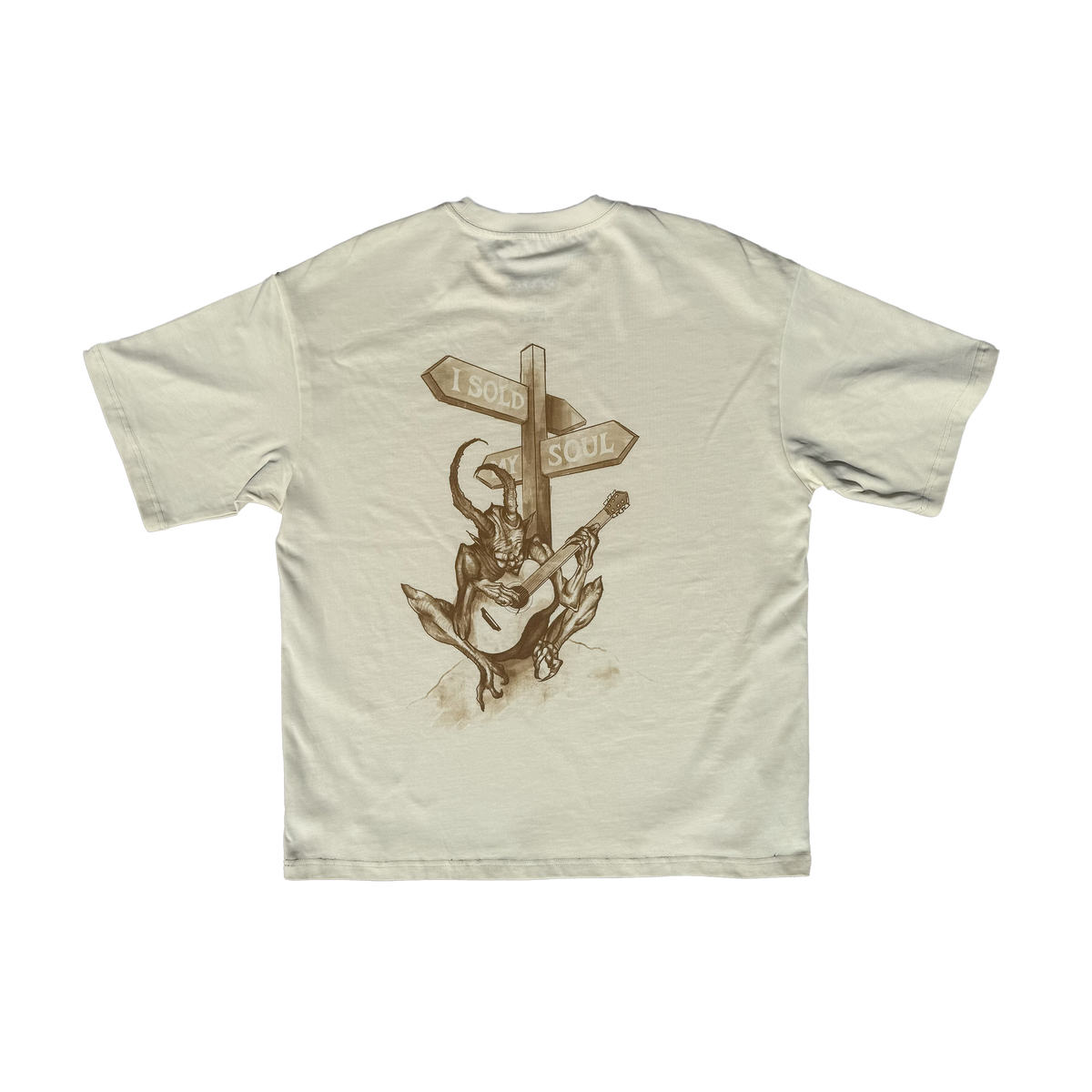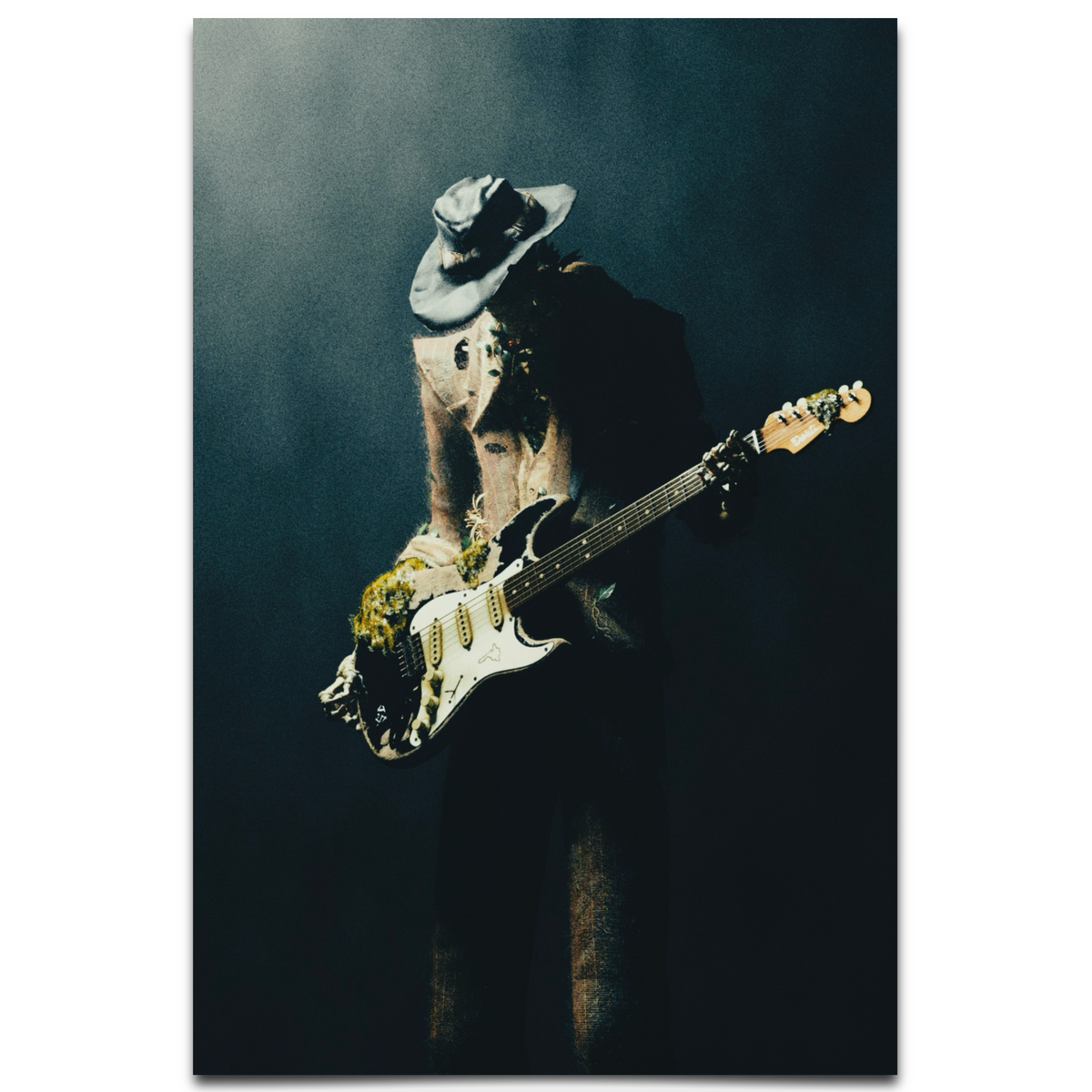If you’ve ever wanted to add some soulful, gritty flair to your guitar solos or keyboard riffs, learning to use the blues scale in improvisation is a fantastic starting point. The blues scale is a versatile tool that’s at the heart of genres like blues, rock, jazz, and even pop. In this post, we’ll break down what the blues scale is and how you can use it to create expressive, spontaneous melodies on the fly.
What Is the Blues Scale?
The blues scale is a six-note scale derived from the minor pentatonic scale, with an added “blue note” that gives it its signature moody, expressive sound. For example, in the key of A, the A blues scale consists of the notes A, C, D, D#, E, and G. That D# (the blue note) is a chromatic passing tone between D and E, and it’s what injects the scale with its raw, emotional character. You can play this scale on any instrument, from guitar to piano to saxophone, and it works over most blues progressions and minor-key songs.
Steps to Improvise with the Blues Scale
Improvising with the blues scale is all about feel and experimentation, but here are some practical steps to get started:
- Learn the Scale First: Pick a key (A minor is a popular choice for beginners) and memorize the notes of the blues scale in that key. On a guitar, this often means learning a specific fretboard pattern, like the classic “box” shape. On a piano, it’s about knowing the sequence of keys to hit. Practice playing the scale up and down until it feels natural.
- Play Over a Backing Track: Find a blues backing track in your chosen key (YouTube has plenty of free ones) or loop a simple I-IV-V chord progression (like A-D-E). Start by playing the notes of the blues scale over this track, focusing on how they sound against the chords. You’ll notice some notes feel “safe” while others (like the blue note) add tension.
- Experiment with Bends and Slides: The blues scale shines when you add personality. On guitar, bend the blue note or slide into notes for that wailing, expressive sound. On other instruments, mimic this by playing with dynamics or slight pitch variations. Don’t just stick to the scale rigidly—let your ear guide you.
- Use Call and Response: A classic blues technique is to play short phrases and leave space, as if you’re having a musical conversation. Play a riff using a few notes from the scale, pause, then “answer” with another riff. This builds a storytelling feel in your improvisation.
- Mix in Other Notes Sparingly: While the blues scale is your foundation, you can occasionally step outside it for variety. Add notes from the major pentatonic scale or chromatic passing tones to surprise the listener, but always return to the blues scale to keep that signature sound.
Why the Blues Scale Works for Improvisation
The beauty of the blues scale lies in its flexibility. It’s forgiving—almost every note sounds “right” over a blues progression—and it naturally evokes emotion, making it perfect for spontaneous playing. Whether you’re jamming with friends or soloing over a track, the blues scale gives you a framework to express yourself without needing complex theory knowledge. Plus, it’s the backbone of countless iconic solos, from Jimi Hendrix to B.B. King, so you’re tapping into a rich musical tradition.
Final Tips
Start slow, focusing on feel over speed. Record yourself improvising to hear what works and what doesn’t. And most importantly, listen to blues legends to absorb their phrasing and style—imitation is a great teacher. With practice, the blues scale will become second nature, and you’ll be crafting soulful solos in no time. Got a favorite blues riff or artist who inspires your playing? Let us know in the comments!
























